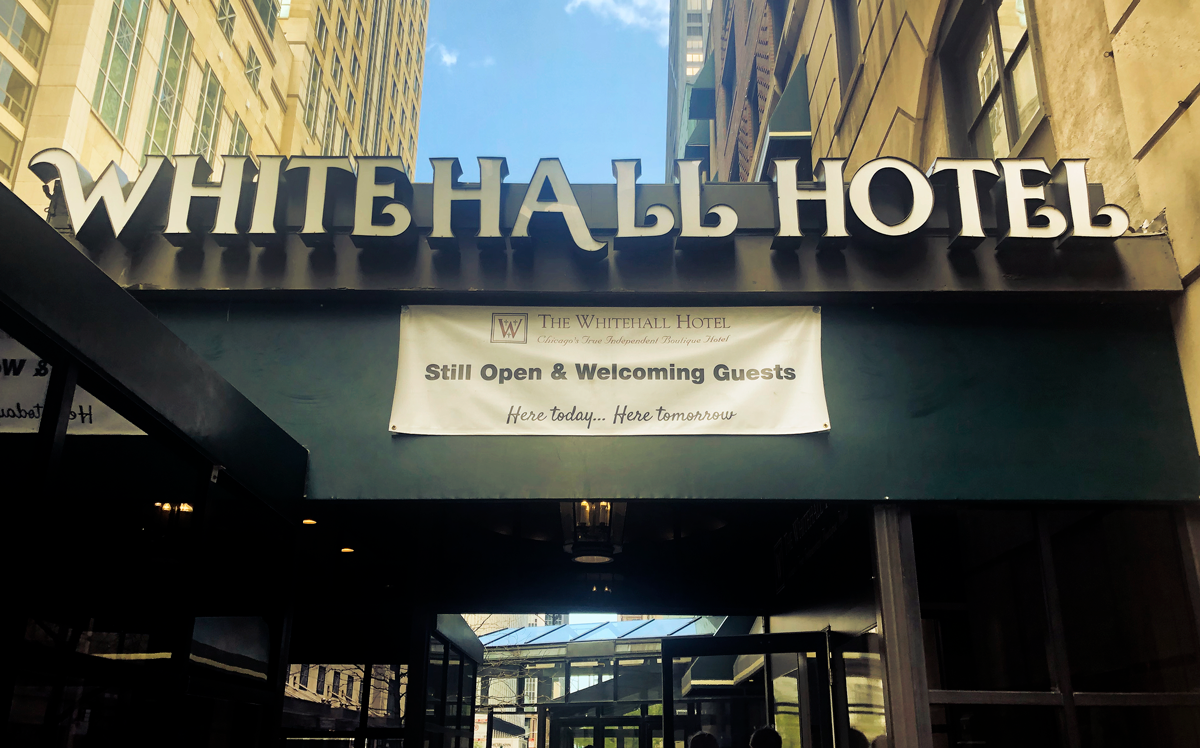The occupancy rate at Downtown hotels has been one of the glaring low-points of the coronavirus crisis in Chicago, encapsulating a city that stands in suspended animation.
For the second week in a row, the rates in the central business district climbed, to 16.2 percent for the week ending May 16, according to the latest figures from hospitality data firm STR. That’s up from 13.9 percent over the previous week, one of the biggest gains since the pandemic took hold.
While that may not seem like much — and many hotels do remain closed — consider the low-point for the week ending March 28, when the city was in a complete lockdown and CBD occupancy hit rock-bottom at 5.9 percent. The recent data also shows revenue per available room ticked up to $15.59, though average daily rate fell to $96.35 from $99.33.
The latest figures are also a continued improvement for Chicago hotels as a whole. For the seventh week in a row, the overall Chicago hotel occupancy rate was up, clocking in at 26.8 percent, compared to the previous week’s 24.4 percent figure, STR reported. Revenue per room (RevPar) was also up, to $19.17 from $17.58. By comparison, RevPar stood at $64.27 for the week ending March 7.
The state of hotels in Chicago, where the city and Illinois remain under a modified stay-at-home order, mirror a somewhat brightening overall picture for the nation. Hotel occupancy in the U.S. increased for the fifth week in a row, according to STR, though the industry remains in a deep rut. Hotels saw nearly 11 million room nights, bringing occupancy up a little more than two percentage points from 32.4 percent the week prior. Still, occupancy was down roughly 54 percent from the same time last year.
The improving Chicago occupancy rates also come with a caveat.
A handful of Downtown hotels have benefited from the city’s program to pay for rooms to house frontline workers and coronavirus patients. The plan was to free up hospital beds, and to boost the battered hotels. The program may be ending soon — a bit of good news, given the need — with roughly half of the 875 rooms Chicago has been paying since late March now empty. Mayor Lori Lightfoot’s office said this month it would not rent additional rooms — the plan was to rent up to 2,000 a night — and was assessing the city’s needs.
